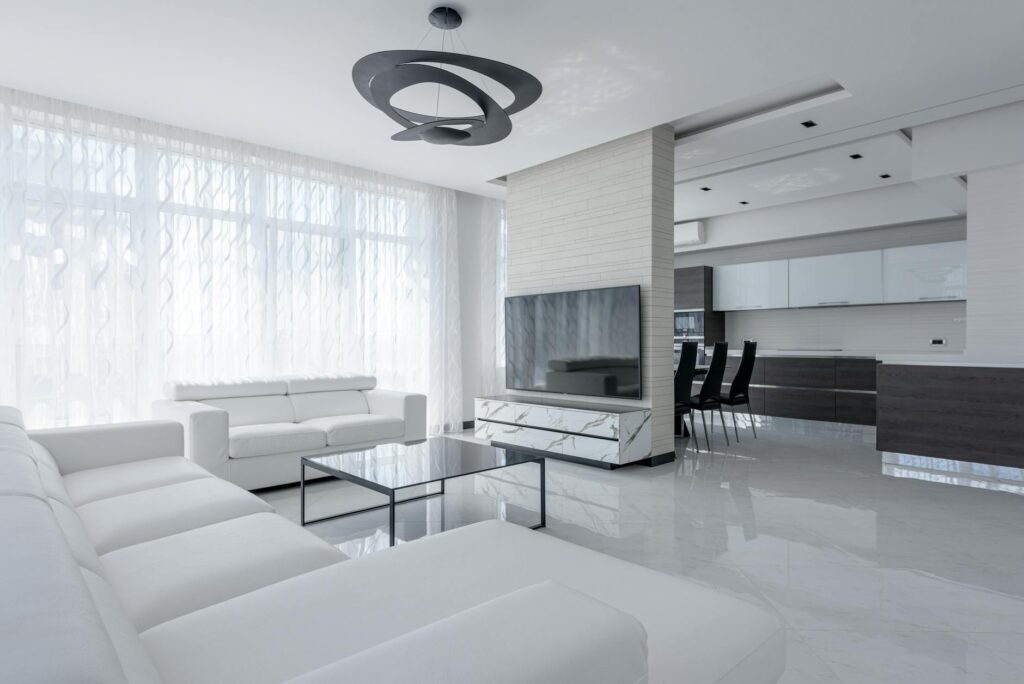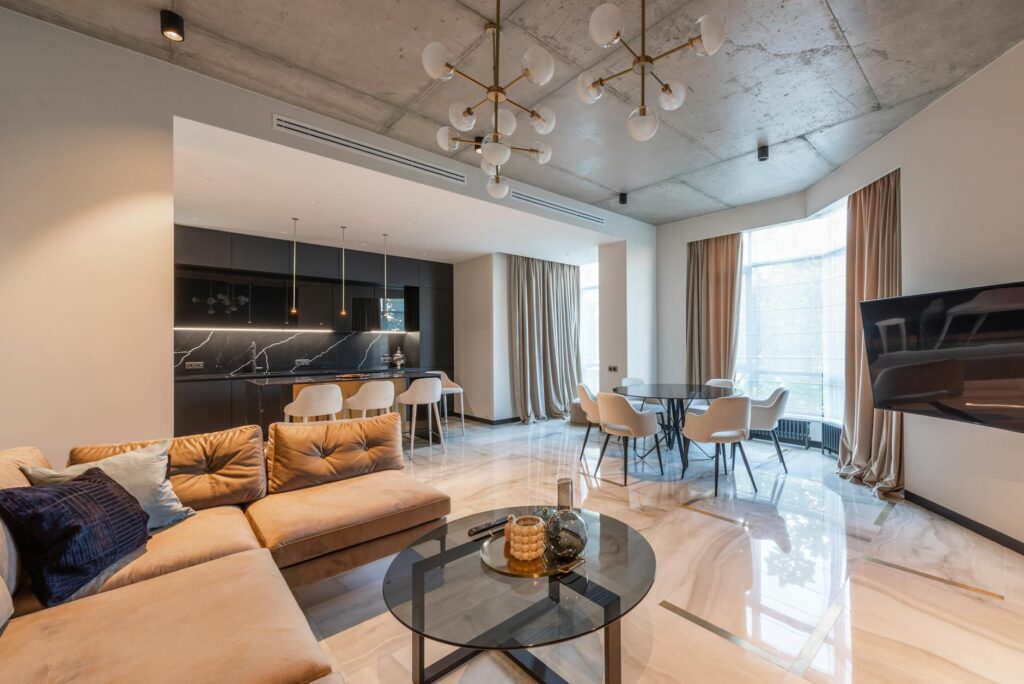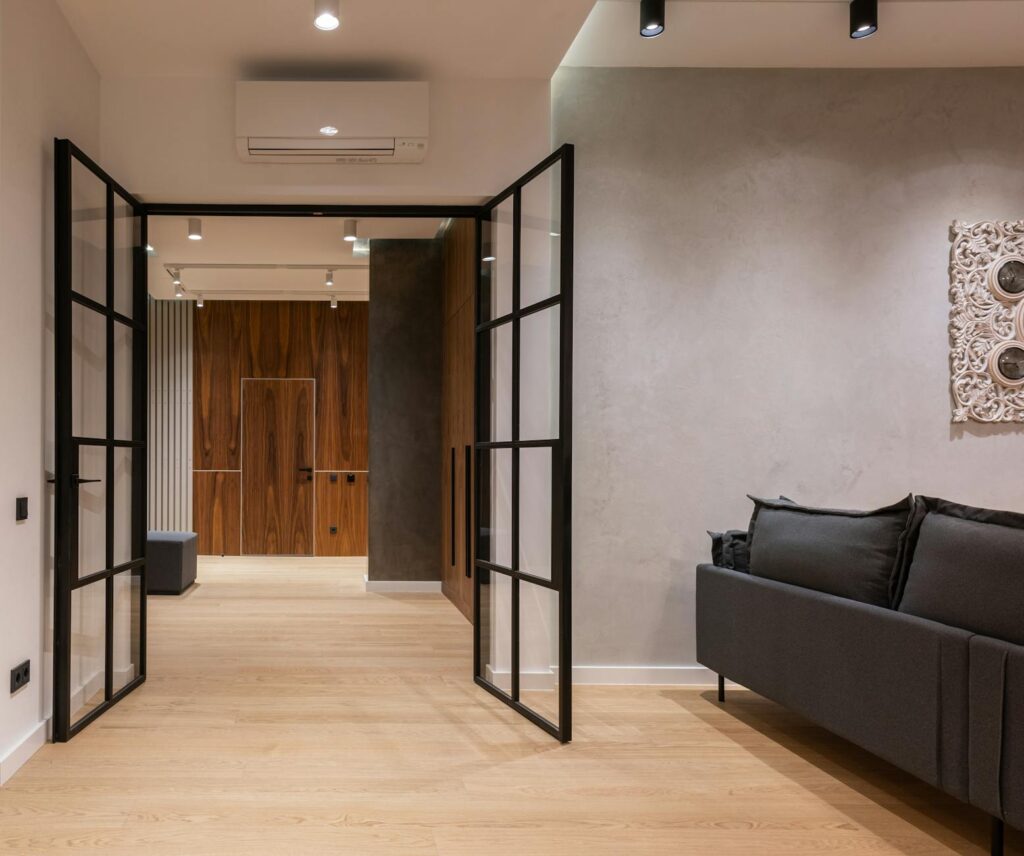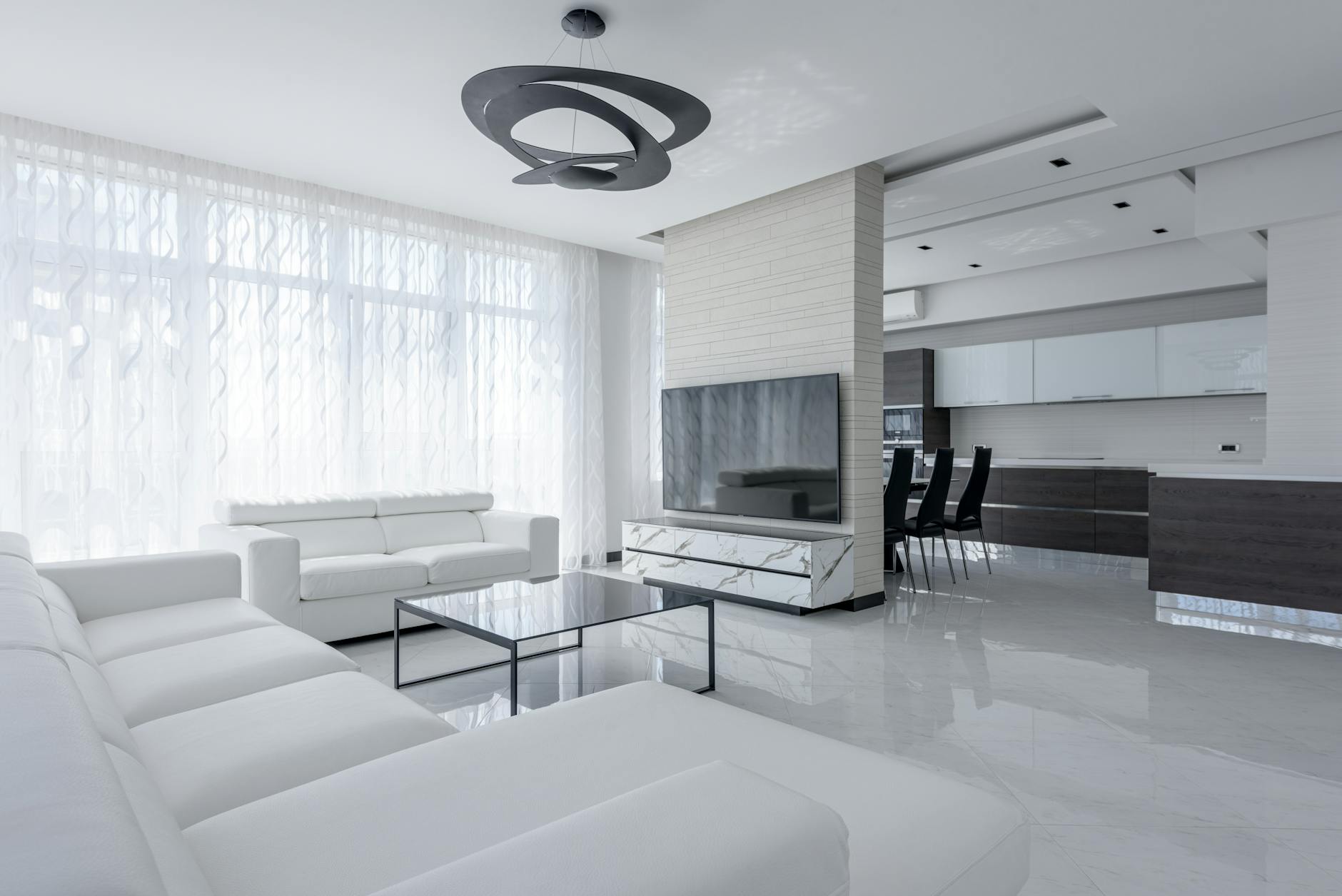We’ve all been there. You’ve finally finished moving in, and then it hits you: the sofa is awkwardly positioned against the wrong wall. It throws off the entire flow of the room, doesn’t it? This isn’t just a matter of aesthetics; furniture placement significantly impacts the feel and functionality of your living space. Let’s debunk some common furniture placement myths and learn how to create a truly harmonious home.
The ‘Biggest Piece Against the Biggest Wall’ Myth
Many believe the largest piece of furniture should automatically go against the largest wall. This isn’t always the case! Sometimes, placing your sofa on a smaller wall can create a more intimate and cozy feel. Consider the focal point of your room and how you want the space to feel before making a decision. 
The ‘Leave Enough Space for Walkways’ Myth
While leaving sufficient walking space is essential, don’t get too caught up in rigid measurements. A slightly tighter arrangement can sometimes make a room feel warmer and more inviting. The key is finding the sweet spot between comfortable movement and a cozy ambiance. Experiment! You might find that a less conventional layout works surprisingly well. 
The ‘Matching Furniture Sets Are Best’ Myth
While a matching set can create a unified look, it can also feel quite sterile. Mixing and matching furniture pieces adds character and personality. Don’t be afraid to incorporate diverse styles and textures – it’s a great way to showcase your individual taste! Think about exploring different interior design styles to find what best suits you.
The ‘Centering Everything Is Key’ Myth
While symmetry can be pleasing, it’s not always the most functional or visually interesting option. Off-center arrangements can create a more dynamic and unexpected space. Don’t be afraid to break the rules and experiment with asymmetrical layouts! 
The ‘Television Must Be the Focal Point’ Myth
In many living rooms, the television takes center stage. However, this isn’t always ideal. Consider using your sofa placement to define multiple zones in the room, with the television being part of a larger layout, not necessarily the central feature. You may want to learn more about room zoning techniques to optimize your space.
The ‘Avoid Dark Colors in Small Rooms’ Myth
Dark colors can actually create a sense of depth and coziness in smaller rooms, provided you use them strategically. Avoid using dark colors on all walls, instead opting to use them as accents on one wall. This can make a small room feel more sophisticated and dramatic. Consider these tips for using dark colors effectively.
The ‘Professional Help Is Always Needed’ Myth
While hiring an interior designer can certainly be beneficial, don’t feel like it’s always necessary. You can easily arrange your furniture yourself with a little planning and experimentation. Use online tools, magazines, and your own intuition to create a space you love!
Conclusion
Ultimately, the ‘right’ way to arrange your furniture is subjective and depends on your personal preferences and the unique characteristics of your room. Don’t be afraid to experiment, break the rules, and create a space that feels comfortable and reflects your style. The goal is a functional and aesthetically pleasing living room.
Frequently Asked Questions
What if my room is oddly shaped? Oddly shaped rooms present unique opportunities for creativity! Focus on highlighting the room’s best features and using furniture to define zones and create flow.
How do I choose the right rug size? The rug should be large enough to anchor your seating area, with at least the front legs of your sofa resting on it.
What should I do if I’m still stuck? Take photos of your room from different angles, and sketch out several possible furniture arrangements before making any changes.
How do I incorporate lighting into my design? Consider a mix of ambient, task, and accent lighting to create a warm and inviting atmosphere.
What about maximizing natural light? Arrange your furniture to make the most of any natural light sources in your room. Keep windows unobstructed whenever possible.





